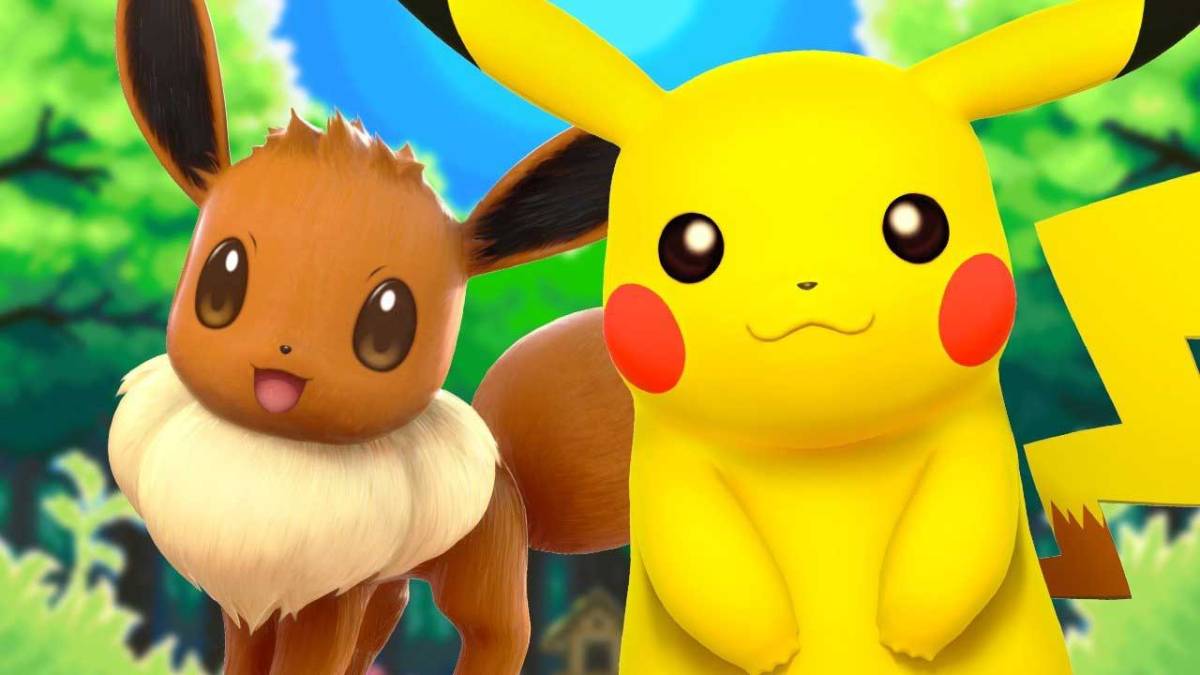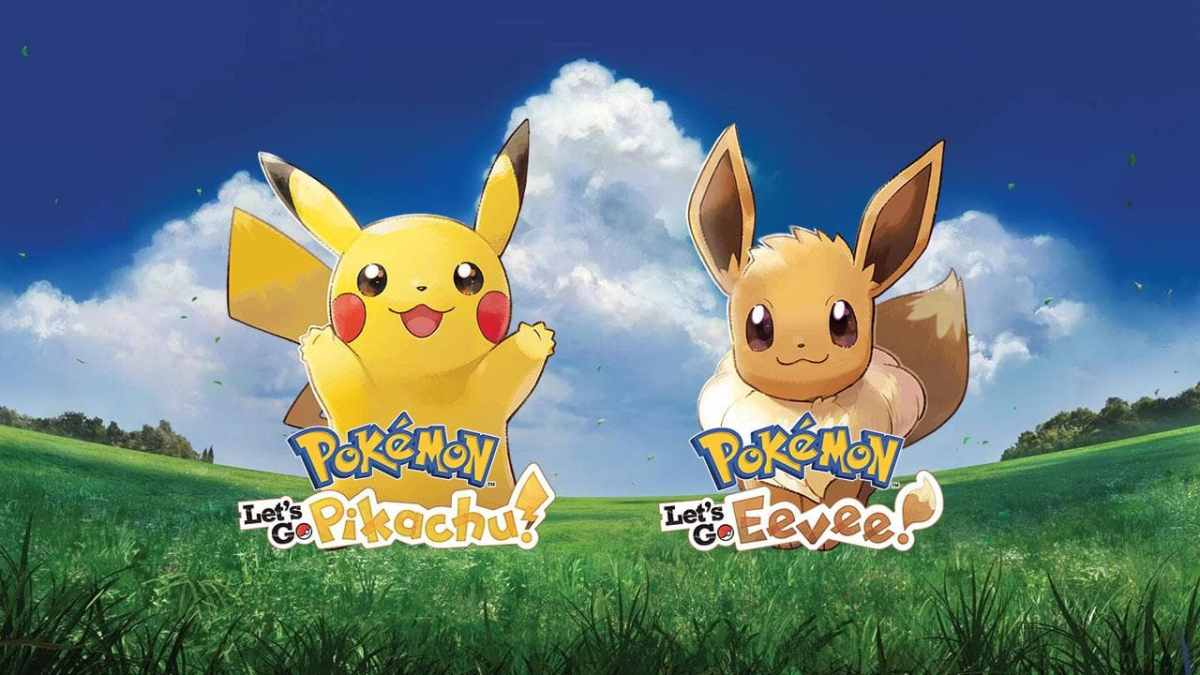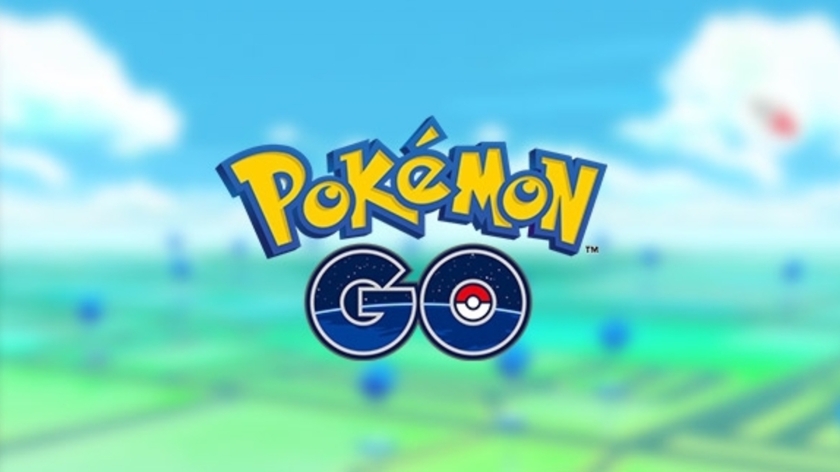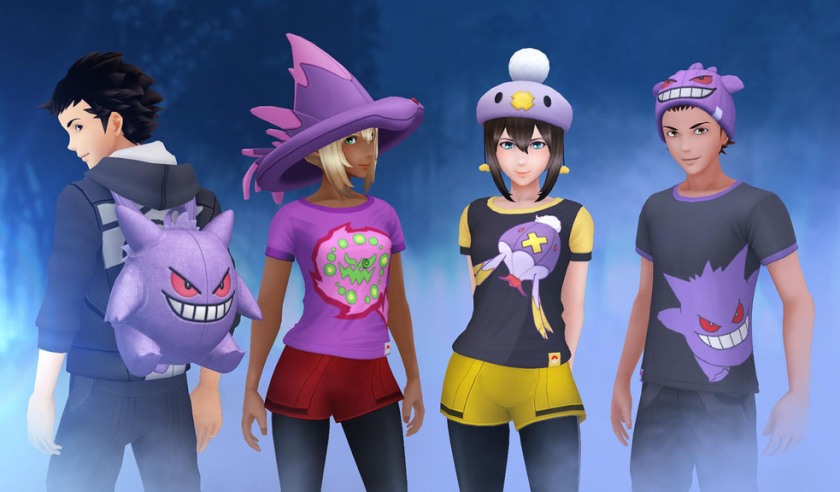In 1998, one of the best selling entertainment franchises, Pokémon hit landfall in the United States with their initial two entries Pokémon Red and Blue, and overtook the gaming industry overnight. Fast forward 20 years later, and the long running franchise is still going strong, with a new main-line entry set to hit the Nintendo Switch next year. Until then, Game Freak and the Pokémon Company have given us a nice little treat to hold our hunger over the next year, by releasing Pokémon: Let’s Go, Pikachu and Let’s Go, Eevee, which released on November 16th, 2018! This new project is one that is two fold; serving as a stepping stone of sorts to bridge the gap between Pokémon titles moving from the Nintendo 3DS to the Nintendo Switch, and also bringing in more casual users to the series through the incorporation of Pokémon Go mechanics and integration.

In the five or so hours I played of Pokémon: Let’s Go Pikachu! (both versions are basically identical), I was pleasantly surprised at how at home a lot of the new additions and mechanics felt in the game. At first, like many, I was hesitant on the emphasis put on Pokémon Go mechanics in the game. There are wild Pokémon encounters, but they aren’t battles. You simply catch the Pokémon you find in the wild, the same way you do in Go. You gain experience for your Pokémon in the same way in regards to wild encounters. But I’ll be honest, it doesn’t feel cumbersome or an immersion breaking experience from the original Pokémon feel. You still fight trainers in the traditional, turn based fashion, there are still gym leaders, everything you remember from the original entries of the series is in these games, outside of random wild encounters and how you interact in those situations. In terms of random encounters, when walking in grass, swimming, etc. you will see the actual wild Pokémon and have the ability to miss them. You no longer are forced to trigger a battle between a wild Pokémon if you don’t want to.

To me, that’s a huge plus. Even when I was playing the game when I was younger, random encounters always irritated me to no end. Anytime I would need to get from one area to another and didn’t want to train or deal with battles, you’d be forced to do so. Even when you needed to grind levels for some of your Pokémon in previous entires, you would enter some large grass and just circle areas until you trigger the battle animation. Either one of those just aren’t enjoyable, period. Gamers play games because they’re fun, entertaining and enjoyable; that isn’t fun. To be honest, that’s my favorite quality of life change with these reimagining. It makes me want to go out of my way to now catch Pokémon when I know I’m not forced to do so. Getting to avoid battles and see which Pokémon are available to “battle” is so welcomed, and doesn’t waste the player’s time just to do so.

The two player co-op integration is actually really seamless as well. I roped my fiancée into testing it out with me last night, and while she actually hasn’t played a mainline Pokémon game before (only the Stadium series on Nintendo 64), she seemed to enjoy the simplicity of the catching mechanic and even the two-player battle system. Bringing in a second player was really simple, too. Just pop off the second Joy-Con and by just hitting one of the buttons it will auto-sync with the console and the secondary character pops in. Catching wild Pokémon does seem to scale in difficulty when you are playing two players, which is nice in a way. Many creatures I were catching with simplicity earlier on my own, now were becoming a little tougher to keep in the thrown ball. Another nice touch, is doubling your Pokéballs in co-op as well. Considering Pokéballs are more abundant in this entry comparative to previous ones, due to the way wild Pokémon are handled, it is nice to know that if your second player is new to the mechanic of catching (like my fiancée was), you don’t have to worry as much about your inventory of balls.
While this entry in the series does a lot things that make me truly enjoy my experience with the game, I do have a few gripes with it. Like many, one of the big draws of this game is that it’s touted as the first true Pokémon title designed for a home console (the Stadium series, Coliseum, Gale of Darkness XD, Pokken Tournament, etc. don’t fit the mold of a traditional Pokémon experience), and while it does achieve what it has set out to do, it does come with some hinderances; the biggest being no Pro Controller support. Look, I get it, the Pokémon Company wants you to buy the Pokéball Plus peripheral (I have not purchased it at the time of this writing, but plan on testing it before I write my review on the game). They want you to use the motion controls for the game, and while I have tested the motion controls, and while they are surprisingly tight and responsive, being a somewhat traditional Pokémon experience lends me to want to play in a traditional control scheme. It’s awesome seeing the vibrant colors pop on my Sony Bravia X900E television, but I found myself wanting to play more in handheld for that traditional experience. Considering the official Pro Controller has gyro-aiming functionality built in and is exceptional playing games like Splatoon that utilize it, I just find it odd not including the support for it.
So far, I’m really enjoying my time with the game, and while I want to say I’m surprised that I am, I can’t necessarily say that. The Pokémon Company has all of the resources and financial backing behind it to make this experiment project work. Game Freak and the Pokémon Company have both already stated that next year we will be receiving the next true, main-line, core RPG traditional entry, and with that Generation 8 of Pokémon, but for being a “stop-gap” release, it really shines in a multitude of way. A lot of care and polish has been throw into it, and while nostalgic goggles come on at times when the depth isn’t necessarily there, it’s a title I am enjoying the ride on. Keep an eye out for the full review of the game within the next week or so!
For more updates on all things Pokémon, including the newly release Let’s Go series, be sure to follow us on Twitter at @BonusAccessory, and keep it locked in on Bonus Accessory.









